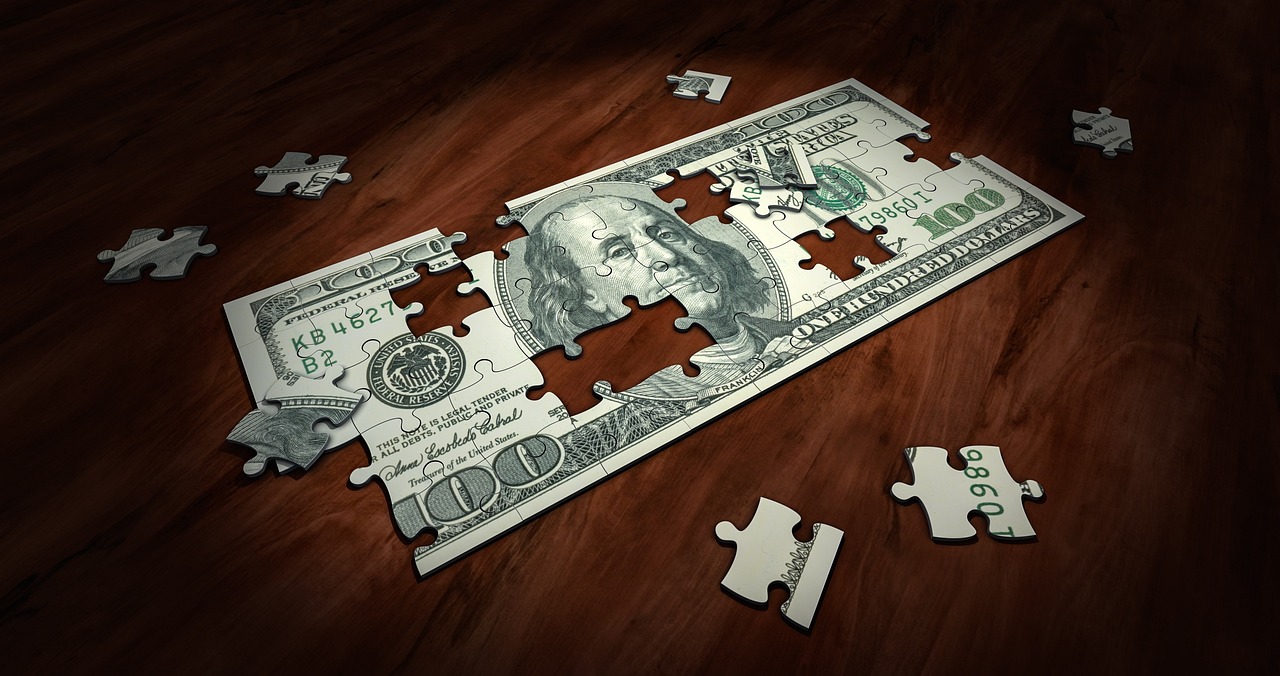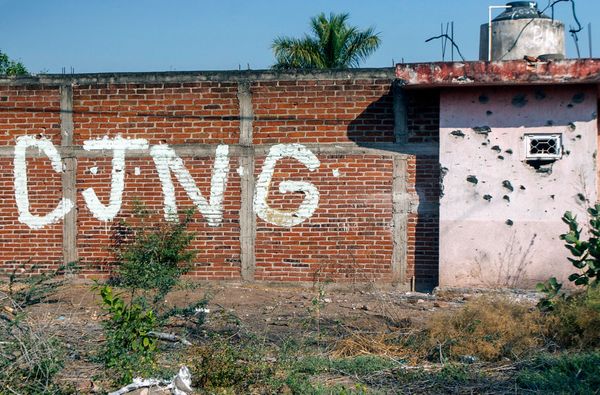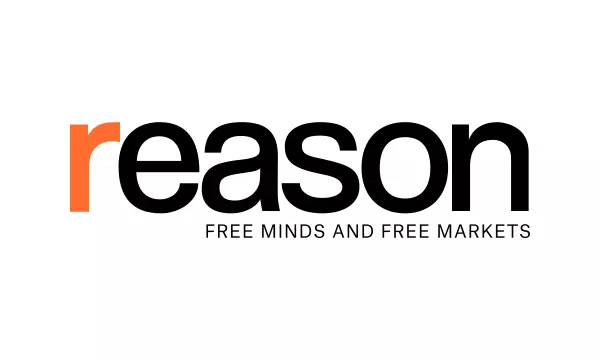
The dollar index (DXY00) Wednesday rose by +0.37% and posted a 3-week high. Hawkish Fed commentary Wednesday pushed T-note yields higher and boosted the dollar. Chicago Fed President Goolsbee, Minneapolis Fed President Kashkari, and St. Louis Fed President Musalem all said that US trade policies could boost inflation and require the Fed to hold interest rates steady for longer. Also, the weakness in stocks on Wednesday boosted liquidity demand for the dollar. In addition, weakness in the British pound benefited the dollar after weaker-than-expected UK Feb CPI knocked GBP/USD down to a 2-week low. Gains in the dollar were limited after US Feb core capital goods orders unexpectedly declined.
US MBA mortgage applications fell -2.0% in the week ended March 21, with the purchase mortgage sub-index up +0.7% and the refinancing mortgage sub-index down -5.3%. The average 30-year fixed rate mortgage fell -1 bp to 6.71% from 6.72% in the prior week.
US Feb capital goods new orders (core) nondefense ex-aircraft and parts unexpectedly fell -0.3% m/m, weaker than expectations of +0.2% m/m and the biggest decline in 7 months. The markets are on guard for any weakness in corporate capital spending due to tariffs and economic uncertainty.
Chicago Fed President Goolsbee said the Fed is no longer on the "golden path" witnessed in 2023 and 2024, and the next Fed rate cut may take longer than anticipated because of economic uncertainty.
Minneapolis Fed President Kashkari said inflation "is above our 2% target, so we have more work to do," but we should be able to reduce interest rates in the next year or two as price pressures ease.
St. Louis Fed President Musalem said it's not clear that any inflationary impact from tariffs will prove temporary, and secondary effects could prompt the Fed to hold interest rates steady for longer.
This week's attention will focus on Thursday's report on Q4 GDP (expected to be unrevised at +2.3% q/q annualized and Mar pending home sales (expected +1.0% m/m). On Friday, Feb personal spending is expected to rise +0.5% m/m, and Feb personal income is expected to rise +0.4% m/m. Also, the Feb core PCE price index, the Fed's preferred inflation gauge, is expected to rise +0.3% m/m and +2.7% y/y. On Friday, the revised Mar University of Michigan US consumer sentiment index is expected to remain unchanged at 57.9.
The markets are discounting the chances at 16% for a -25 bp rate cut after the May 6-7 FOMC meeting.
EUR/USD (^EURUSD) Wednesday fell by -0.38% and posted a 3-week low. Wednesday's stronger dollar weighed on the euro. Also, dovish comments on Wednesday from ECB Governing Council member Villeroy de Galhau undercut the euro when he said the ECB can still cut interest rates as it has almost achieved its aim of bringing inflation back to the 2% objective.
Swaps are discounting the chances at 76% for a -25 bp rate cut by the ECB at the April 17 policy meeting.
USD/JPY (^USDJPY) Wednesday rose by +0.39%. The yen moved moderately lower against the dollar Wednesday, weighed down by higher T-note yields. Also, easing price pressures are dovish for BOJ policy and negative for the yen after Japan's Feb PPI services prices rose less than expected. In addition, the yen weakened on comments from BOJ Governor Ueda, who said the BOJ's price projections will not be met until the second half of the fiscal year, signaling the BOJ will not raise interest rates in the near term. Losses in the yen were limited after the 10-year Japan JGB bond yield rose to a 16-year high today of 1.593%, strengthening the yen's interest rate differentials.
The Japan Jan leading index CI was revised upward by +0.3 to 108.3 from the previously reported 108.0.
Japan Feb PPI services prices rose +3.0% y/y, weaker than expectations of +3.1% y/y.
BOJ Governor Ueda said, "Our projection is that the underlying price trend will broadly reach 2% in the second half of our outlook period," signaling the BOJ will keep monetary policy steady in the near term.
April gold (GCJ25) Wednesday closed down -3.40 (-0.11%), and May silver (SIK25) closed up +0.035 (+0.10%). Precious metals on Wednesday settled mixed. Wednesday's stronger dollar was bearish for precious metals. Also, higher global bond yields on Wednesday were negative for precious metals. In addition, hawkish comments Wednesday from Chicago Fed President Goolsbee, Minneapolis Fed President Kashkari, and St. Louis Fed President Musalem weighed on precious metals when they said the next Fed rate cut may take longer than anticipated because of economic uncertainty.
Precious metals had support Wednesday as an inflation hedge after the US 10-year breakeven inflation rate rose to a 3-week high. Also, geopolitical risks in the Middle East are boosting safe-haven demand for precious metals as Israel continues airstrikes across Gaza, ending a two-month ceasefire with Hamas, and as the US continues to launch strikes on Yemen's Houthi rebels. In addition, fund buying of gold supports prices after long gold positions in ETFs rose to a 17-month high Tuesday. Silver prices have carryover support from Wednesday's rally in copper prices to a 10-month high after President Trump's threats to raise tariffs on US copper imports by 25%.







